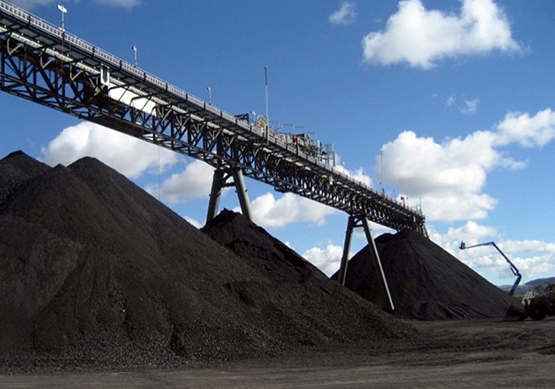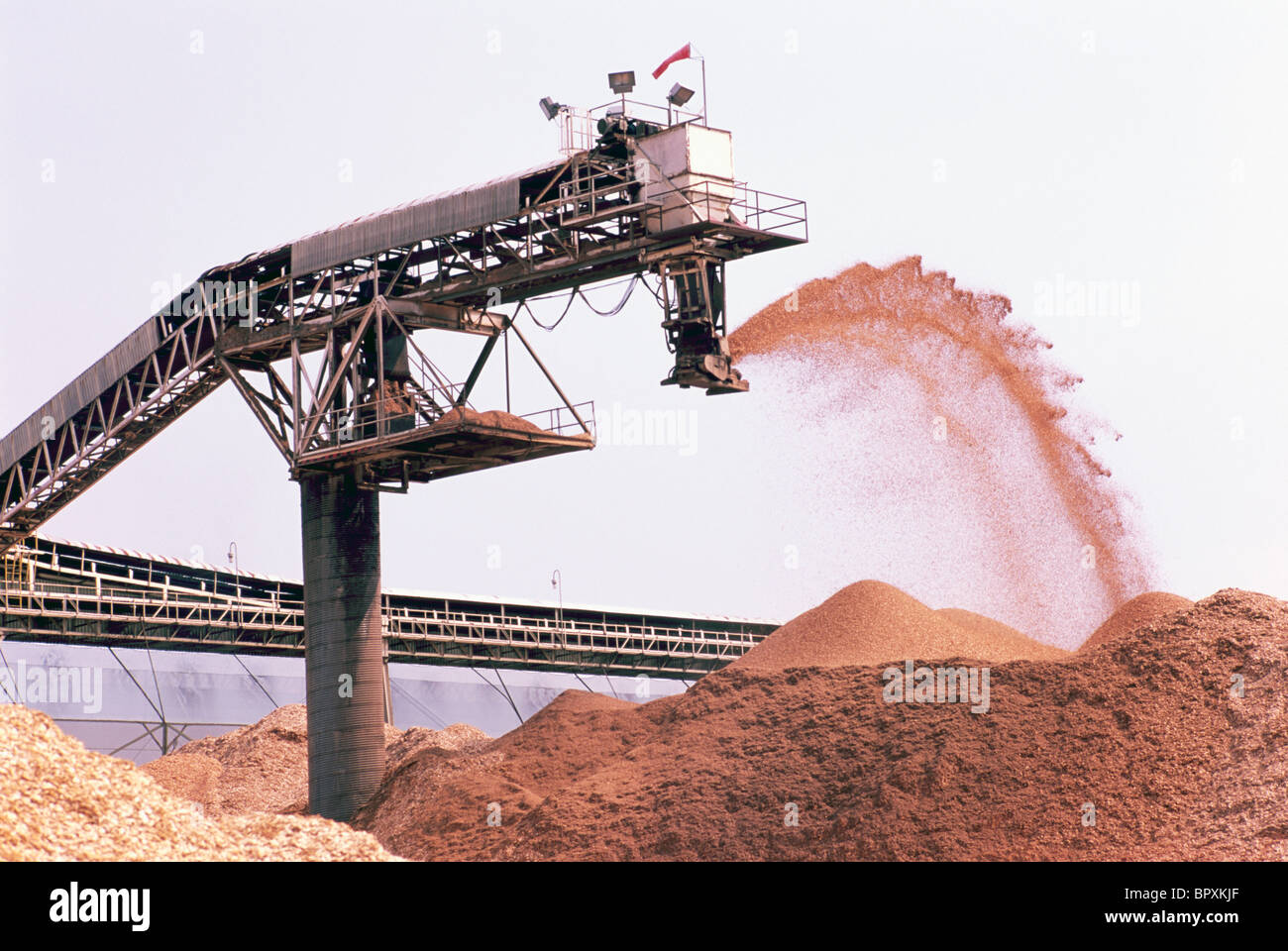
Press the + button to open the Point Type Selection dialog box as shown below. Do not enter in a station range at this time.ġ4. In the Fixed Section Panel on the right side of the screen click on the Add Section button to open the dialog box below.ġ3. Setting Up Fixed Sectionsįixed sections allow you to easily display and edit cross sections.ġ2. Select the Follow Surface template, and press Add / Edit. Choose menu Edit | Assign Parameters by Range | Templates. Press OK twice to return to the main screen.ġ1. Set the Horizontal Extent to 50 and the Surface to Reference terrain 2 (Final surface). II component (in the Follow Surface template). In the tree control, select the second Follow Surf. Set the Horizontal Extent to 50 and the Surface to Reference terrain 1 (Strip surface) and press OK.ġ0. In the tree control select the first Follow Surf. Click on the Open Table button (lower left), browse to the folder containing this example and Open Stockpile\FollowSurfaces.tpl. Choose menu Edit | Edit Templates (or use Edit Templates toolbar button ) to open the template editor. Now to setup the As-built surfaces descriptions.Ĩ. Press OK twice to return to the main screen. Similarly, set Reference terrain 2 to Final.ter.ħ. Click the Browse button and Open file Strip.ter.Ħ. In the current dialog box (figure above), scroll down in the surface list and select Reference terrain 1. Select the Alignment tab click on the Terrains button to open the dialog boxĥ. Select Module | Setup to open the Location For this example they will be set to stripped, and final surfaces respectively.Ĥ. Note: Reference surfaces are used for display and control of sections and volumes. File | Retrieve Screen Layout and open StockPiles.dlt.+

Next step is to retrieve a screen layout ( StockPiles.dlt) to ensure your screenĭisplays matches the screen displays in this example.ģ. The selected option will read the initial alignment from the

When the New Location start coordinates dialog appears,Ĭhoose Terrain current feature, all points. When prompted open the original ground terrain \StockPileVolumes\ OG.ter. Open the Location module and choose menu File | New. Set the feature properties as shown in Figure 2 below and click on Mouse.įirst step is to create a new Location design.ġ. The next two steps will create a 'draped' centerline feature.Ģ. Open the Terrain module and choose menu File | Open, select OG.ter In order to calculate Average End Area volumes it is necessary to create a baseline (centerline) alignment.ġ.

#Stockpile area calculator how to
This example will demonstrate how to calculate the volume between several as-built surfaces (original ground, stripping and final surface) using the Average End Area method.
#Stockpile area calculator pdf
ĭownload the PDF version of this example. Your surface should now be built.įor more information, please go the the Help menu > Land Desktop Tutorials.The data sets referred to in this example can be downloaded located in the Stock Pile Volumes folder available here. Now right click Surface1 and select Build., you should get a dialog window with options, for expediency, select OK. Given your description, I am skipping the other nodes. If you have an outer boundary, add it similarly, at the Boundaries node. At the Point Files node, right click and select Add Points from AutoCAD Objects > Points.
#Stockpile area calculator plus
You should not have a surface named "Surface1".Įxpand Surface1 by clicking the plus sign "+" to the left. Within the TME, in the upper left, select Manager, and select Create Surface (This can also be done by right clicking the Terrain folder). Once you have a project, we're going to open the Terrain Model Explorer (TME), by going to the Terrain menu > Terrain Model Explorer. If you're not prompted to assign your drawing to a project when you open it, simply go to the Projects menu, and select Reassociate Drawing. *IF* not, then stop now, and go get points with elevations.įor the purposes of this 'tutorial' if you will, it is assumed you know how to manipulate the CUI if a referenced menu is not visible in your workspace.įirst you need to associate your drawing with a project, which is where all of the database information is stored for Land Desktop. Provided the points have an elevation (that is an x,y, z) then we can get started.

Before you can get volumes from anything, you have to build your DTM/TIN (whatever you want to call it) from the points.


 0 kommentar(er)
0 kommentar(er)
